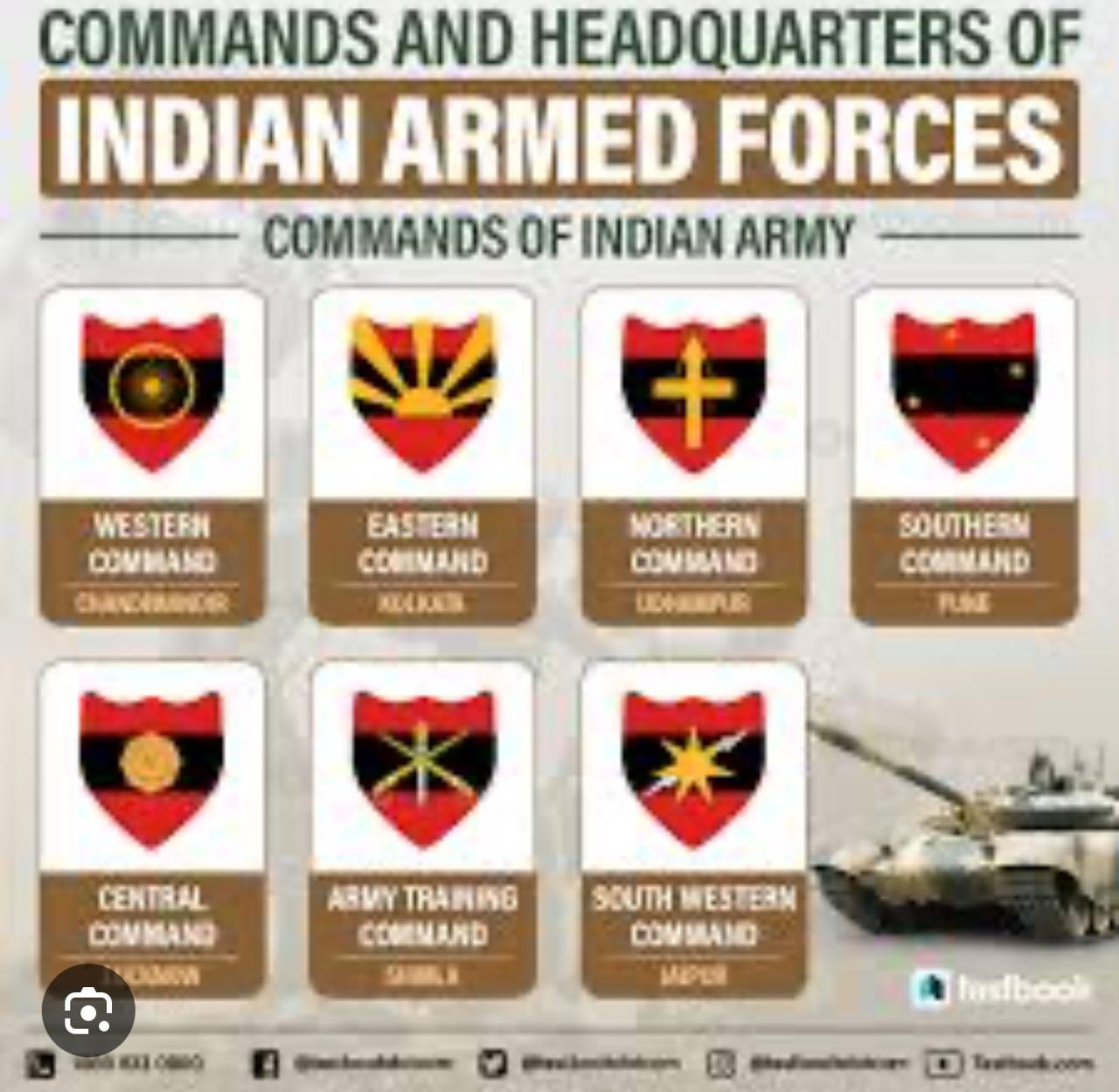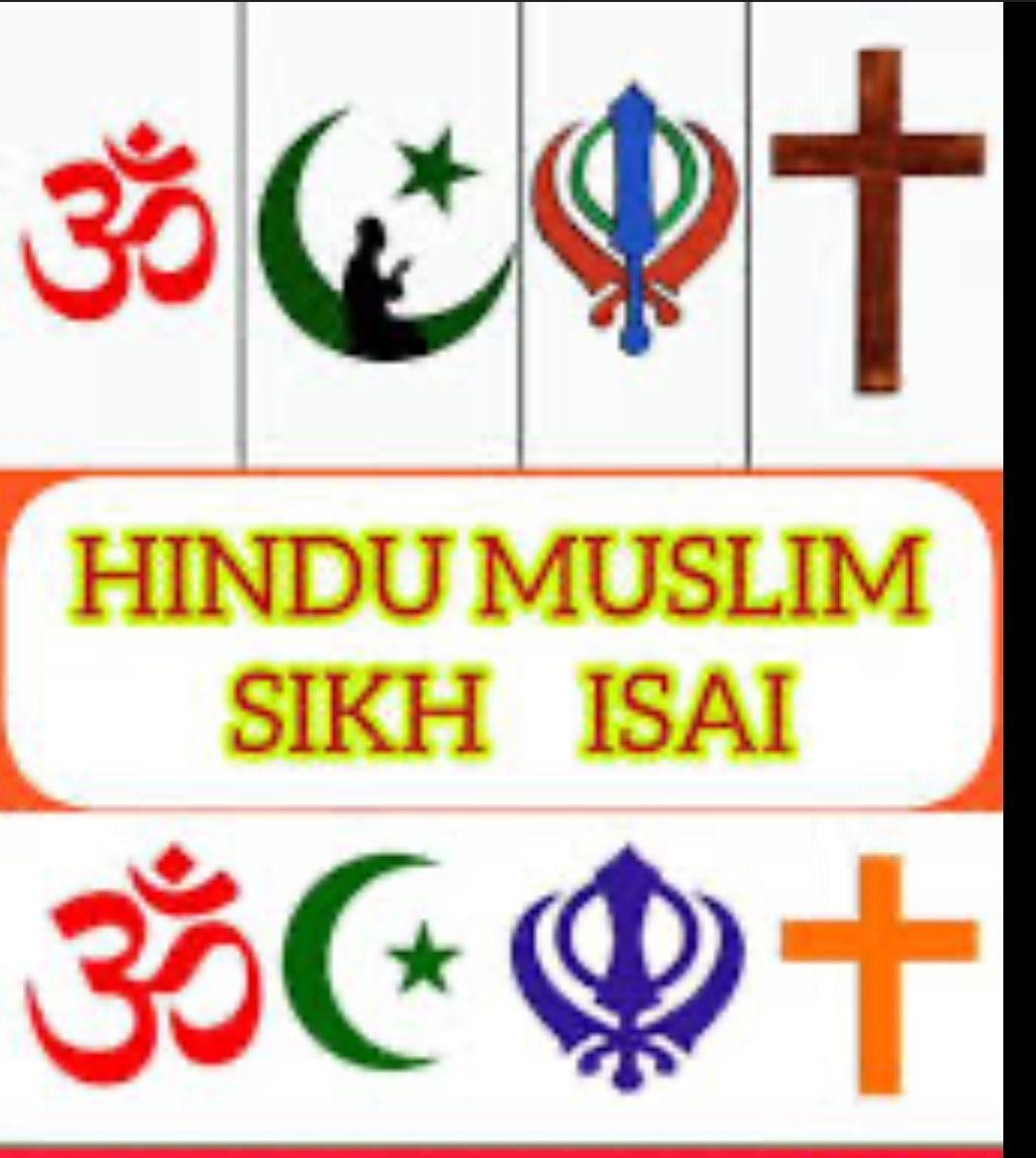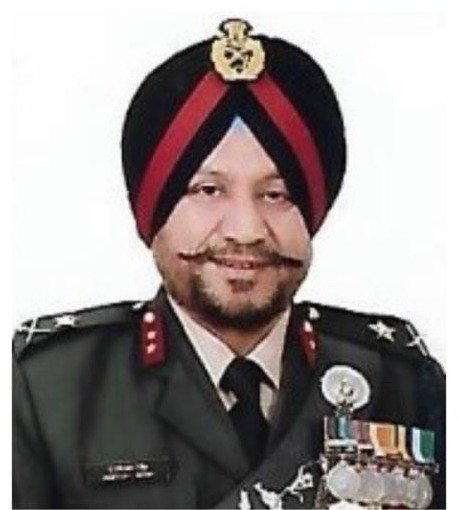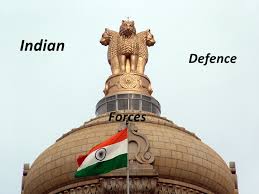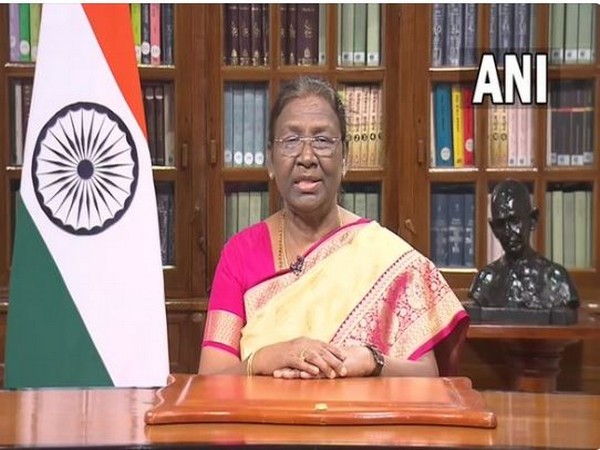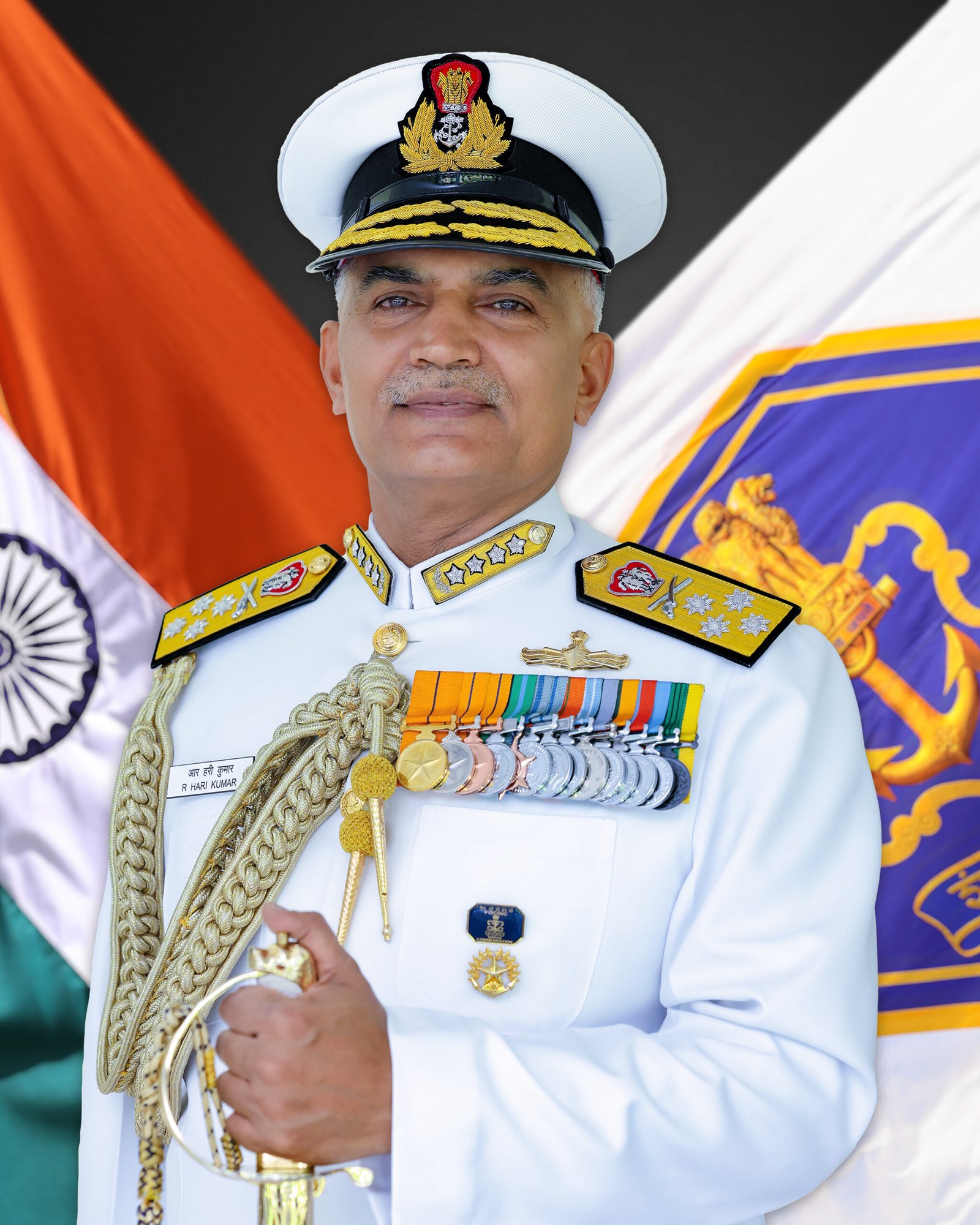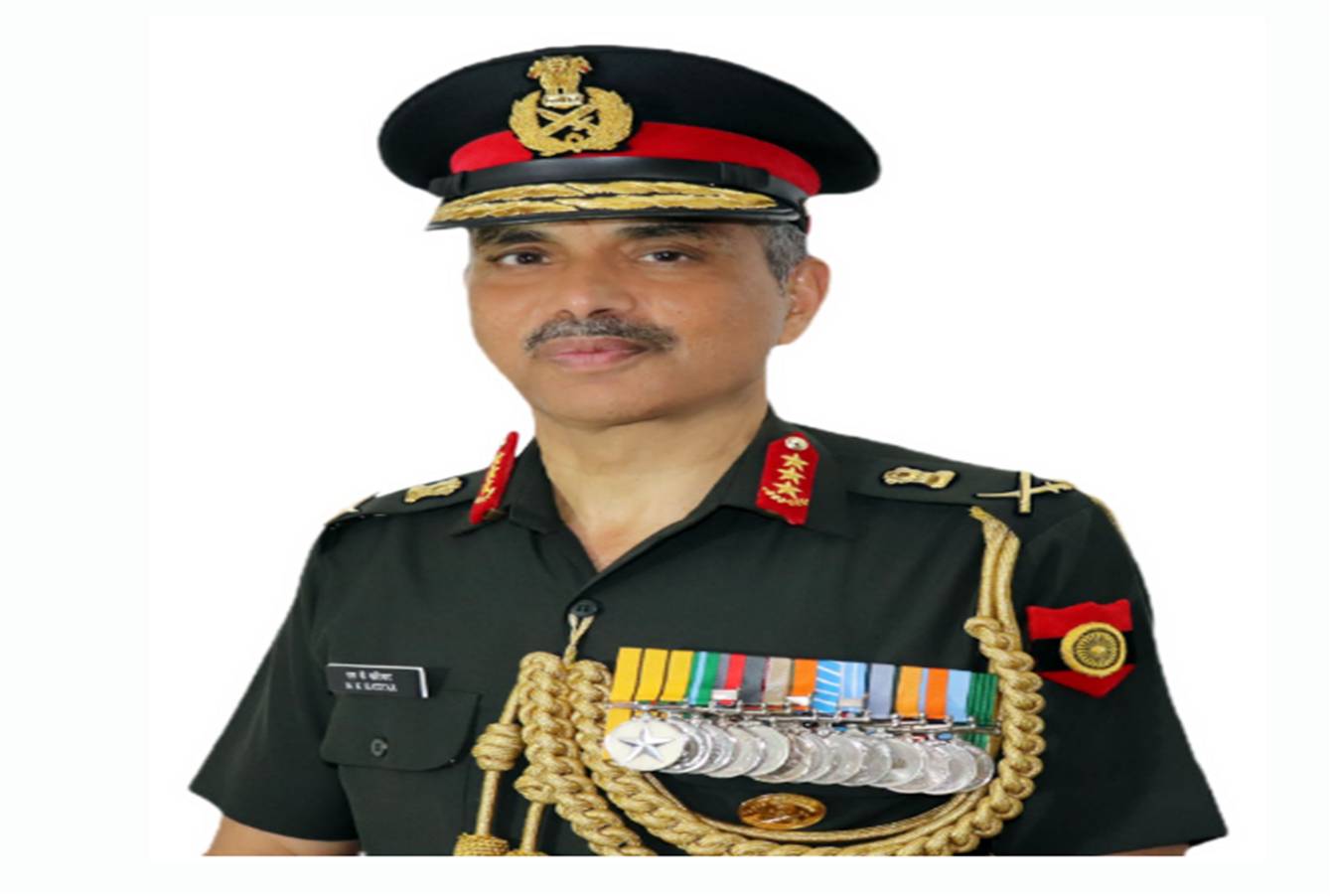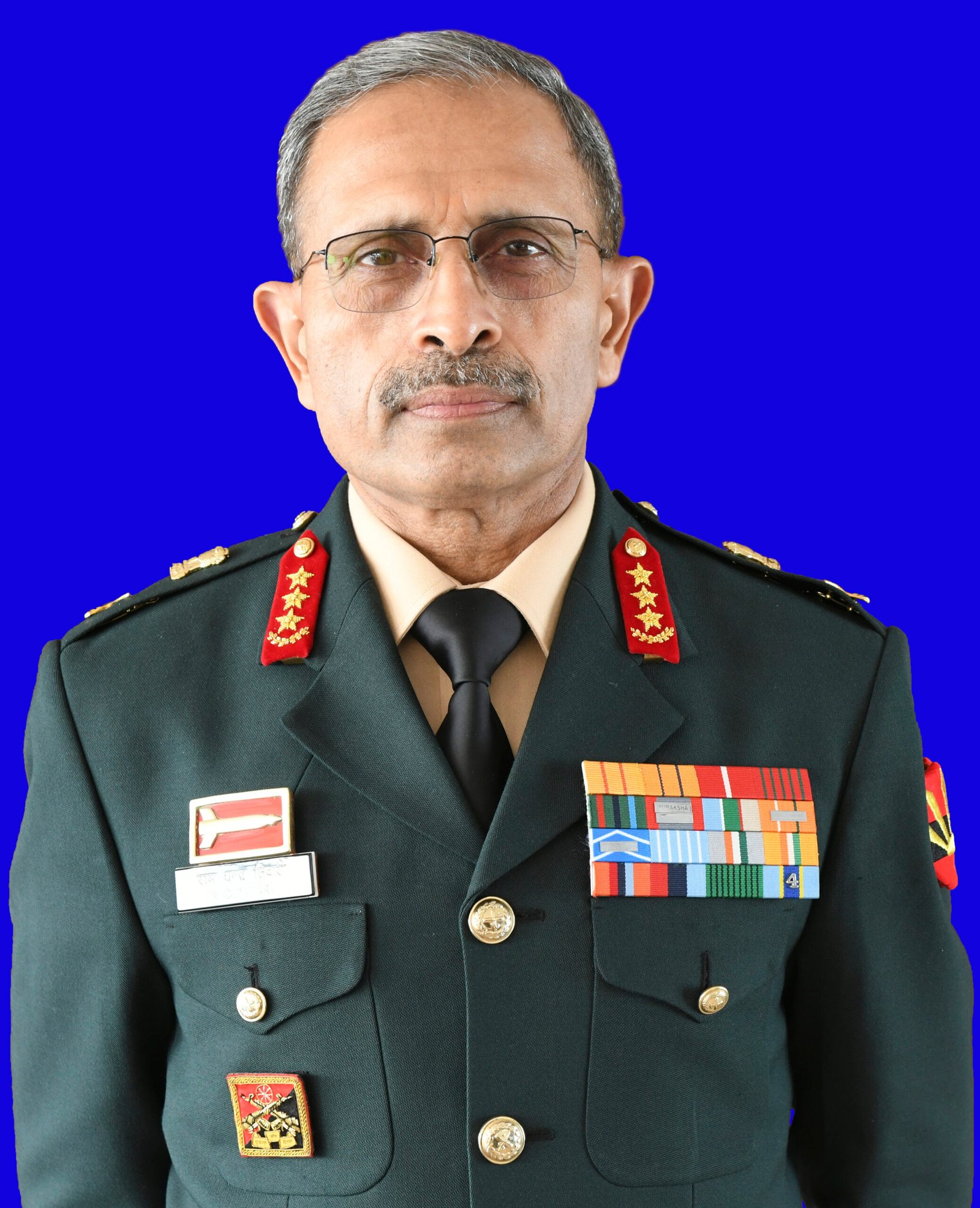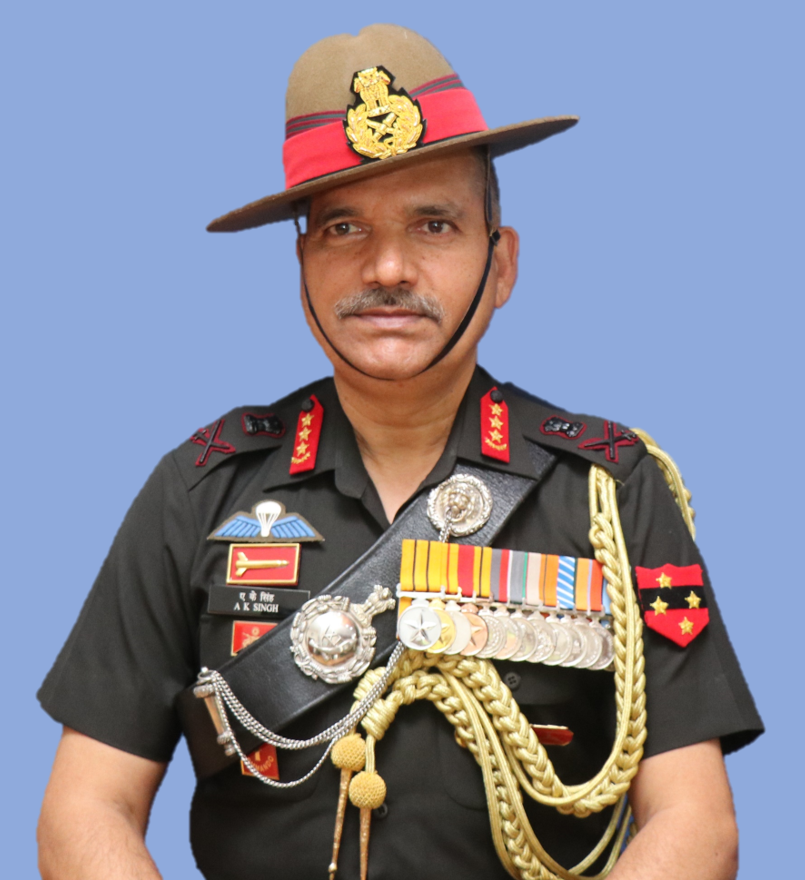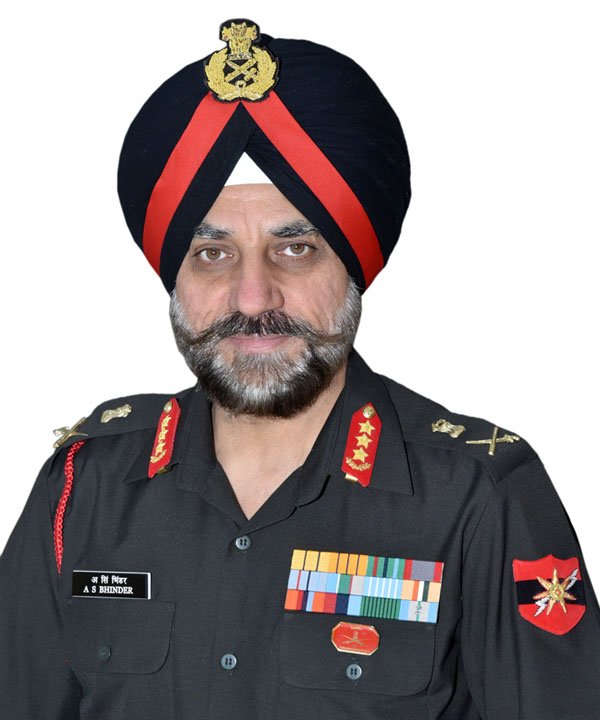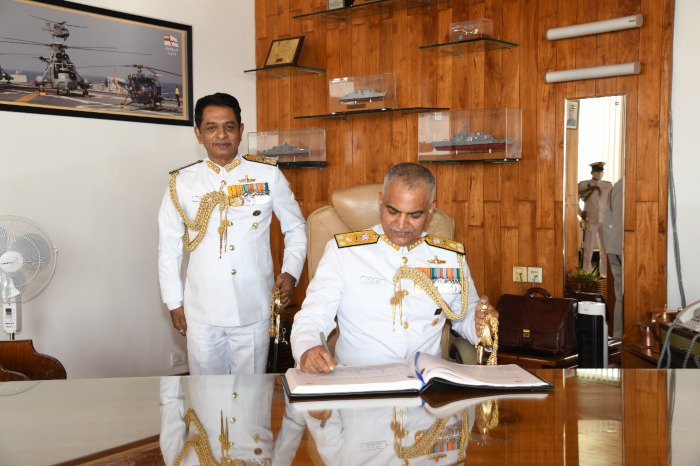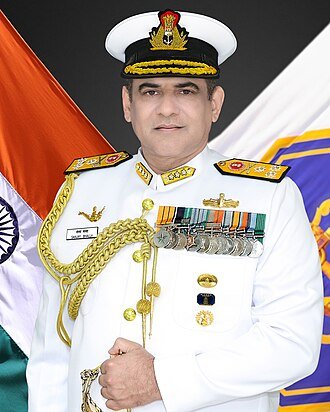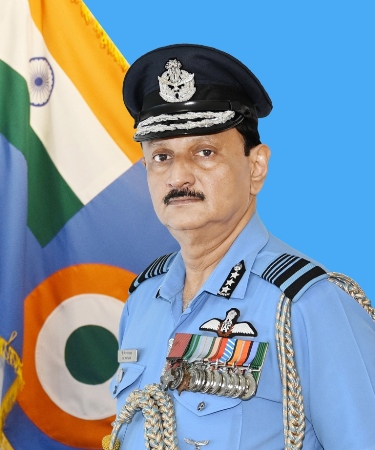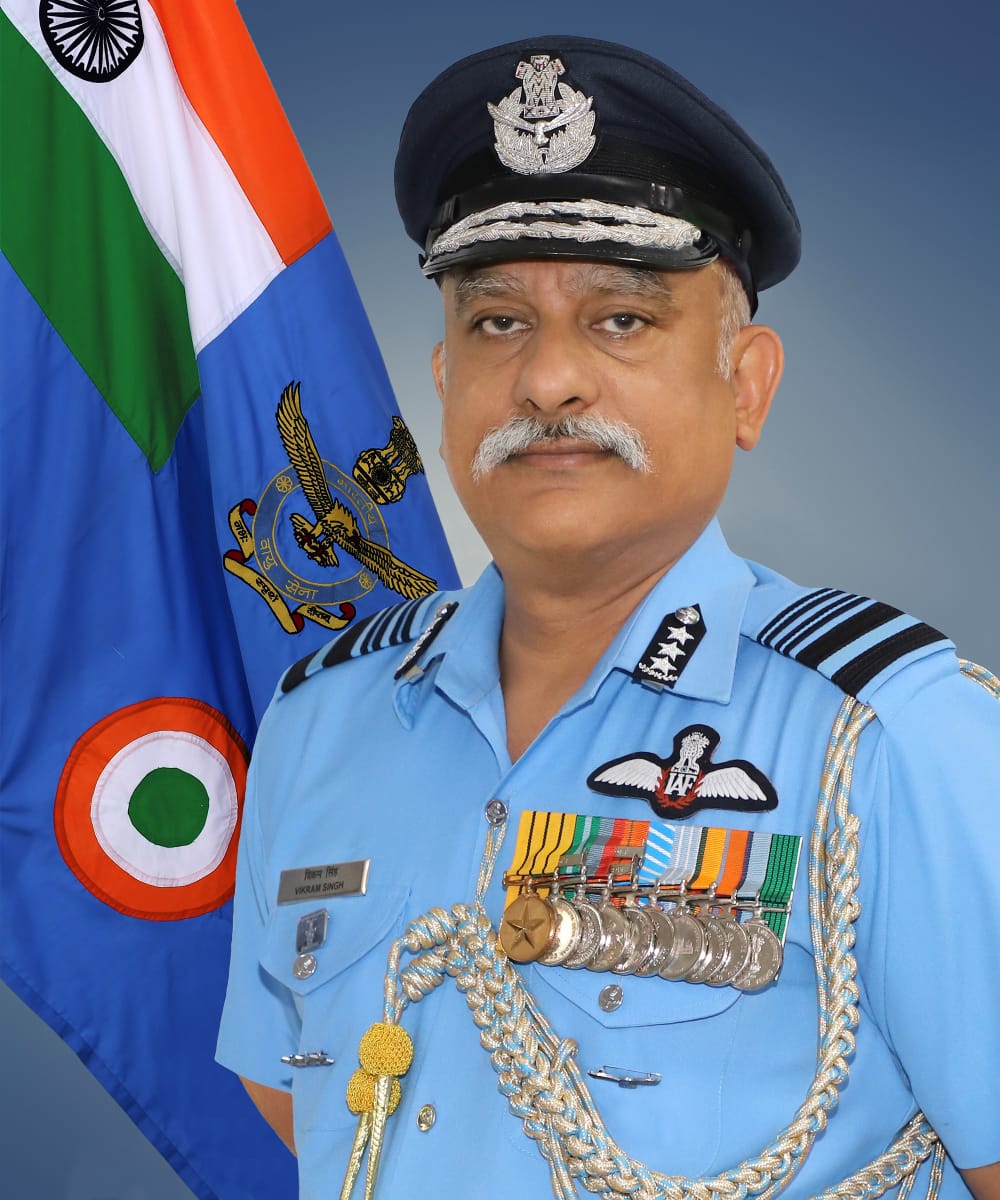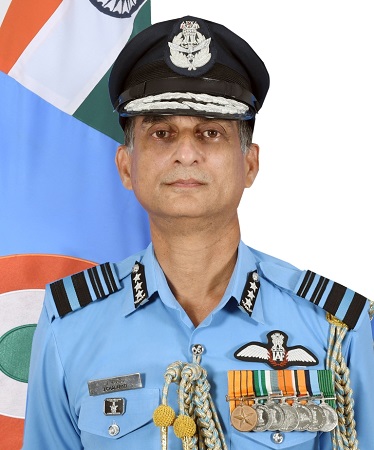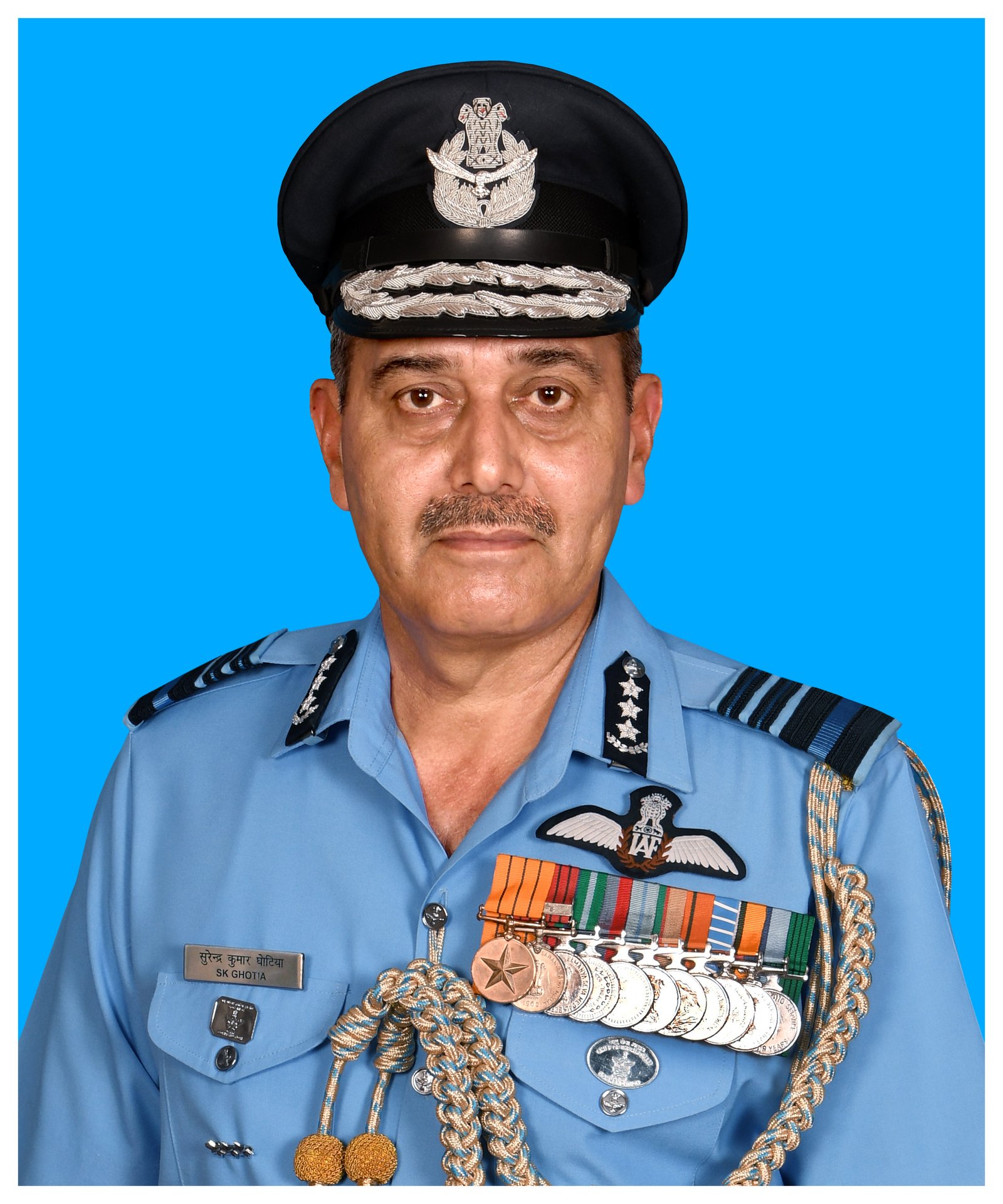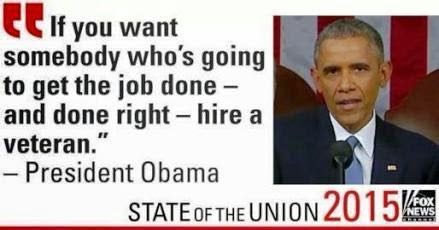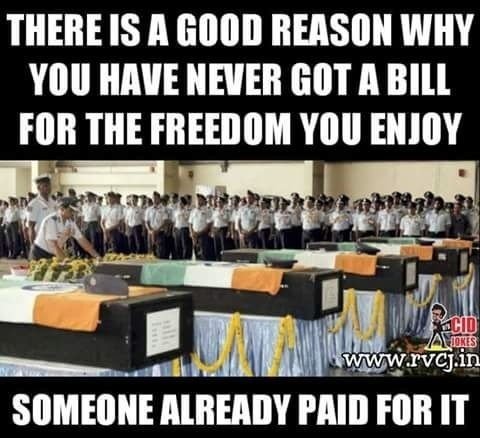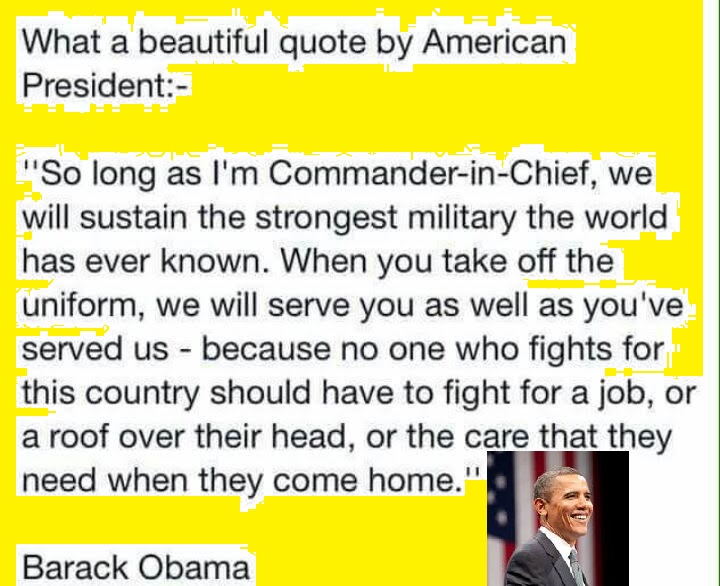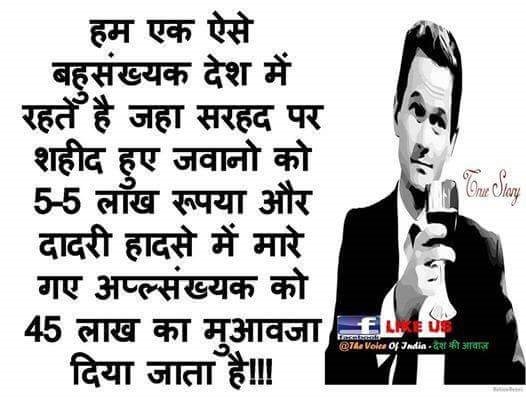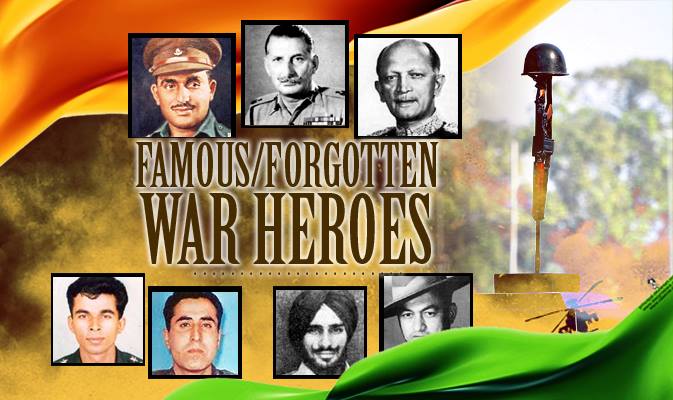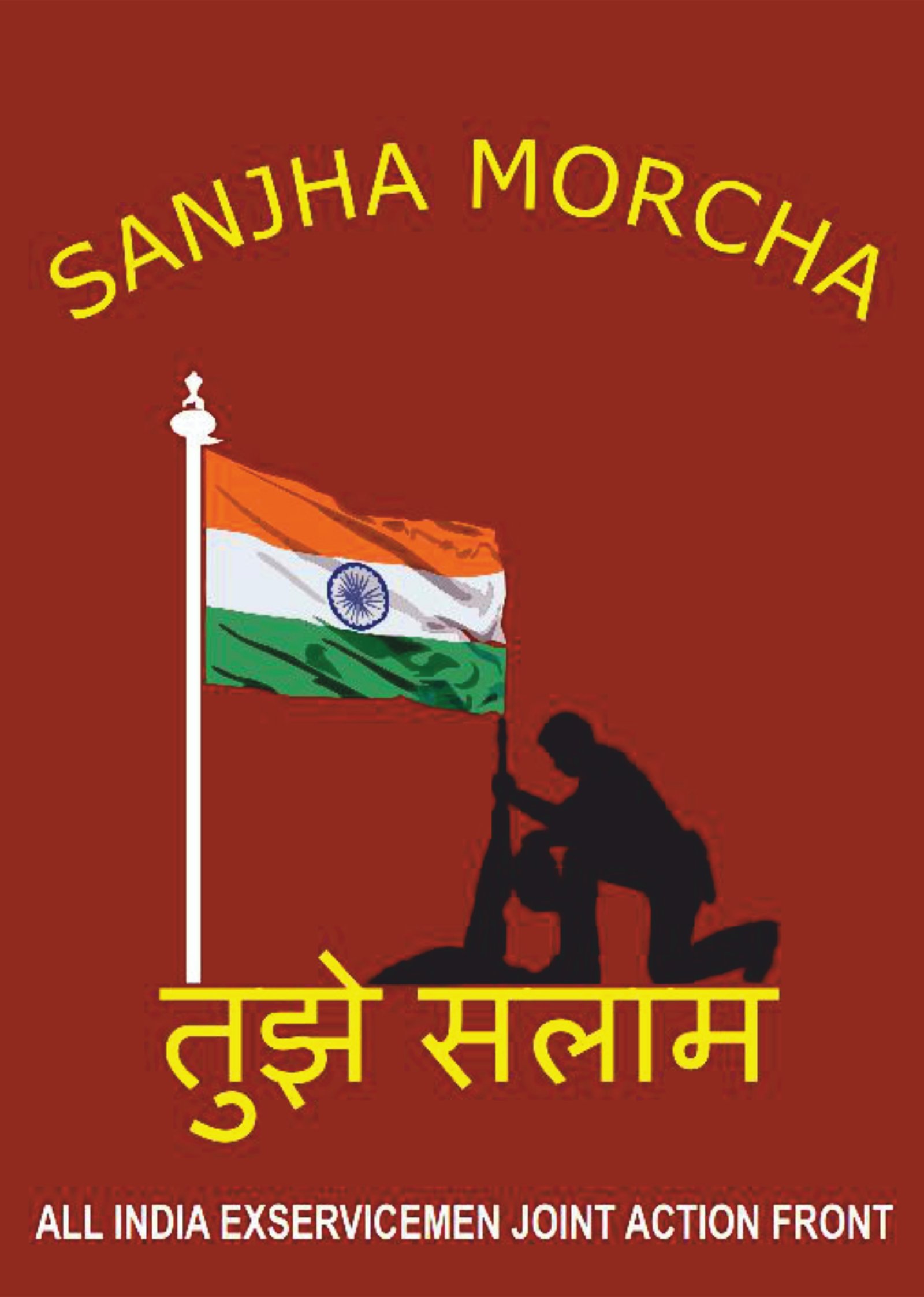

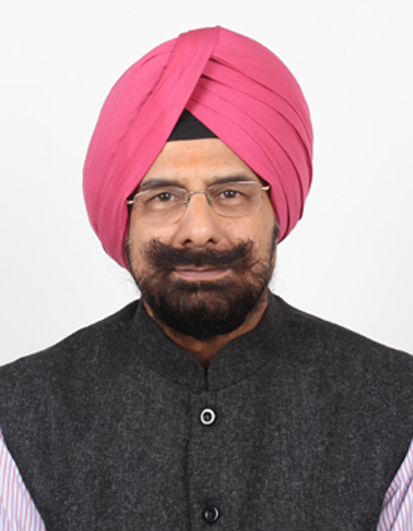


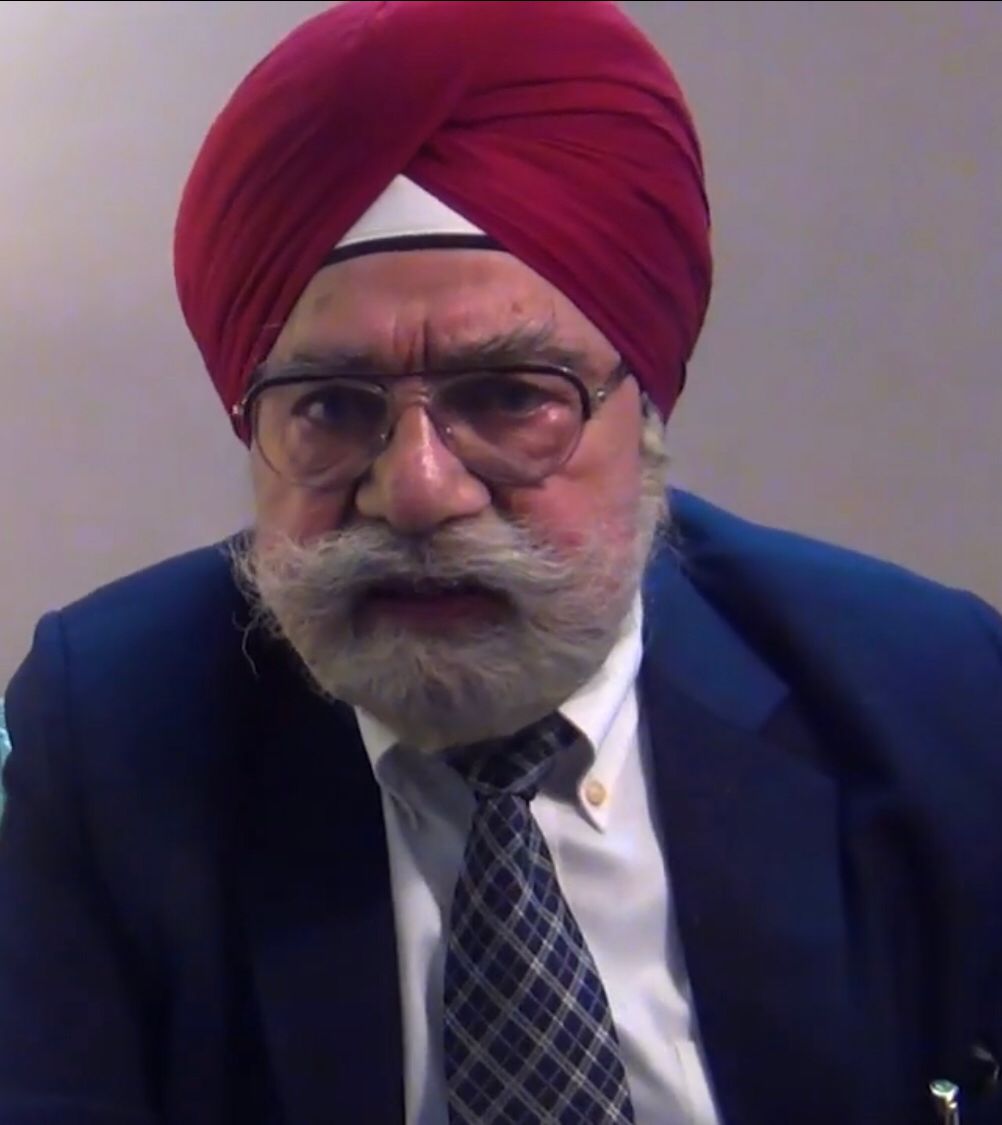


Capt J.K. Sengupta (from right), Rita Sengupta, Gen V.N. Sharma, Brig. Ravi Malhotra. — Anil Bhat
Some have probably heard about or have met this extraordinarily brilliant Officer Captain Jojo Sengupta, late trustee of Midas foundation who died on 31 August 2013 of cancer at Pune.
Captain Jayanta Kumar Sengupta, popularly known as Jojo, was the second son of Amar Prashad and Namita Sengupta and was born on 17 October, 1942, at Lahore, where Mr Sengupta, working with Shalimar Paints, was posted.
After his initial schooling at Huddard High School, Kanpur, he later joined Rashtriya Indian Military College (RIMC), Dehra Dun. Brilliant and talented as he was, it was no surprise that he turned out to be a triple gold medalist from RIMC, National Defenc Academy (NDA) and Indian Military Academy (IMA). He was commissioned into the 16th Light Cavalry, one of Indian Army’s oldest regiments, in December 1962. His third gold medal was awarded for topping his batch, the 31st IMA Course, the training period of which was telescoped to six months of the scheduled one year in order to enable Indian Armed Forces to meet the new defence challenges confronted by it owing to China’s unprovoked aggression in October 1962.
Jojo was doing a gunnery instructors course at the Armoured Corps Centre and School, Ahmednagar (Maharashtra), when the second India-Pakistan war, waged again by Pakistan in 1965, broke out. All ranks doing courses at this training establishment were re-called to their respective regiments.
Jojo reported to 16th Cavalry and was pitched into the operations. On September 21, his fourth day in the war, he was very effectively conducting an artillery shoot from his tank, sighting targets through the binocular sights in the commander’s hatch of the Centurian tank, when an armour-piercing projectile hit very close. All the glass of the sights got shattered and hit Jojo in his eyes and face.
After a prolonged period of convalescing at Army Hospital, Delhi Cantt and INHS Asvini, the Naval Hospital at Mumbai, Jojo underwent rehabilitation and mobility training at St. Dunstan’s in England. He also got the opportunity to learn Braille and typing and was able to access other rehabilitation services. He left the Army in 1967 and took up the dealership of Tata Oil Mills in Calcutta. In 1972, he also was also allotted the LPG distributorship of Indian Oil in Siliguri by the Directorate General Resettlement.
Jojo married Rita, a trained teacher and they had twin daughters, Sreerupa and Sreemoyee and son, Bibek. In 2003 Sreerupa got married to Major Gopal Mitra (Retd), SM (Sena Medal for gallantry). Major Mitra, who served in 15 Mahar Regiment lost his vision as a result of an explosion while fighting Pakistan supported terrorists in Kupwara, Jammu and Kashmir in 2000. Major Mitra completed his Masters in Social Work from Tata Institute of Social Sciences, Mumbai (TISS) and went on to obtain a scholarship to undertake an MSc in Development Management at the London School of Economics. Having worked earlier as the International Campaign Manager for Youth Voices, Leonard Cheshire Disability, a UK-based charity organisation working for the rights of persons with disabilities all over the world, he is now working in United Nations Children’s Emrgency Fuund as Programme Specialist for disability. He is the first Indian with disabilities to occupy this key Unicef post. Sreerupa did her Masters from London School of Economics and also Masters in Social Work from Tiss, Mumbai. The other twin Sreemoyee, who teaches, is presently doing a course at the London Institute of Education. Bibek is an executive director with Goldman Sachs.
In 1990 Jojo and Rita, with several like minded disabled youth founded the North Bengal Council for the Disabled (NBCD) and in 1998 they raised the Prerana Educational Centre, which began in a small garage in their house. Prerana, which grew into a major Special Educational Centre in North Bengal, is a cross disability educational centre for children with disabilities and seeks to provide holistic learning through a well designed curriculum. In 1998 NBCD also launched a large Community Based Rehabilitation Programme covering disabled persons in 700 villages in the Siliguri Sub Division.
In 2009 National Institute for the Visually Handicapped observed the International Day of Persons with Disabilities by felicitating five visually challenged persons for their contribution in the various fields. Capt JK Sengupta was one of five visually challenged persons selected for being conferred the NIVH Excellence Award 2009 presented by Mrs. Margaret Alva, governor of Uttarakhand.
I had the pleasure of meeting Jojo and Rita again during the February 2012 Cavalry Veteran’s Reunion at Delhi Cantt in the presence of former Army Chief General V.N. Sharma, of 16th Cavalry and Jojo’s course-mate, Brigadier Ravi Malhotra, secretary, Cavalry Officers’ Assoc-iation, when they happened to be in Delhi for a Prerana-related workshop. Little did we know during that visit that they would again be meeting him after that mostly in hospital. Soon afterwards, he was diagnosed with cancer of the lungs. It was a most unkind blow for a person like Jojo, already suffering blindness, to be further afflicted with cancer. But true to his form, he battled it most bravely and stoically. He could still surprise his visiting friends by asking them everything about them rather than talk about his own illness. He bravely fought his last battle in and out of Command Hospital and his brother’s residence at Pune succumbing after much pain and suffering, on August 31, 2013.
For the fraternity of the Armoured Corps, the Armed forces and a large circle of Jojo’s friends and dear ones, his demise is an irreparable loss of a great mind, an excellent person and a wonderful friend and family member and unforgettable by anyone who met him. May God bless his soul. Long Live Jojo.
Animosity towards India is a defining element of the ethos of the Muhammad Yunus-led interim government of Bangladesh.


MONDAY’S talks in Dhaka between India’s Foreign Secretary Vikram Misri and his Bangladeshi counterpart Mohammad Jashim Uddin had, as their background, the squally passage buffeting ties between the two countries since Sheikh Hasina’s ouster as Bangladesh’s Prime Minister on August 5.
Going by reports, the talks may not have been a slugfest, but they left unresolved all contentious issues between Delhi and Dhaka, particularly that of the persecution of minorities in Bangladesh.
While Misri flagged India’s concern over it, Jashim Uddin said the reports were false and exaggerated and, in any case, it was Bangladesh’s internal affair and India had no business to interfere.
Mutual expressions of goodwill and a resolve to carry the ties forward, doubtless, followed. Nevertheless, expectations of India-Bangladesh relations soaring amicably hereafter, are a chimera. Animosity towards India is a defining element of the interim government’s ethos. Consider two incidents. In Agartala, Tripura, on December 2, supporters of the Hindu Sangharsh Samiti, protesting against the arrest of the Sommilito Sanatan Jagaran Jot’s spokesperson, Chinmoy Krishna Das, and atrocities on minorities in Bangladesh, attacked the premises of Bangladesh’s Assistant High Commission, damaging property and burning Bangladesh’s flag.
On that day itself, India suspended three police officers for failing to fend off the demonstrators and arrested seven of the latter. It has since bolstered security around the mission. Besides announcing the deployment of additional security details at Bangladesh’s High Commission in New Delhi and other diplomatic missions in the country, India’s Ministry of External Affairs deeply regretted the incident. It affirmed that “diplomatic and consular properties should not be targeted under any circumstances.”
Notwithstanding all this, Bangladesh’s foreign ministry, in a strongly-worded statement issued on December 2 itself, reminded India that it was the host country’s responsibility to “protect diplomatic missions from any form of intrusion or damage.” It called upon India “to take immediate action” to thoroughly investigate the incident and “prevent any further acts of violence against the diplomatic missions of Bangladesh in India, including the safety and security of the diplomats and the non-diplomatic members of staff and members of their families.” The statement further affirmed that the “accounts received” had “conclusively attested’ that the protesters were allowed to enter the premises in “a pre-planned manner.”
Among other steps, it summoned the Indian High Commissioner to Bangladesn, Pranay Verma, to its foreign office and served him with a formal protest, suspended all visa and consular services at the Agartala Assistant High Commission, and recalled its acting Deputy High Commissioner in Kolkata and the Assistant High Commissioner in Tripura, for consultations.
Bangladesh has reason to protest against what happened in Agartala and Kolkata. In the latter, demonstrators protesting against Chinmoy Krishna Das’ arrest, set Bangladesh’s national flag and Muhammad Yunus’ effigy aflame on November 28, 2024. Dhaka’s response, however, suggested an attempt to dramatise the incidents and stoke anti-India sentiments at home.
The second incident mentioned above occurred on August 5, 2024, when, in the aftermath of Sheikh Hasina’s exit, a violent mob in Dhaka attacked and vandalised the Indira Gandhi Cultural Centre (IGCC) — the hub of India’s cultural activity in Bangladesh — setting some sections of it on fire.
With the security personnel fleeing, the mob ransacked the premises from the evening of August 5 to August 6, looting books — the library had 21,000 of them — computers and even stationery. With mobs ruling the streets, the High Commission gathered all its officials, staff and their families within its premises and contacted Bangladesh’s army for protection. The latter sent troops, but made it clear that it would not fire on any mob. This meant that the army would have just watched had a mob attacked the High Commission and the people inside it.
Pranay Verma raised the issue of the vandalisation of the IGCC with Chief Adviser Muhammad Yunus at his meeting with the latter on August 22, but no arrest has been made till now.
An intense anti-India feeling was also manifest in the pronouncements of the leaders of the Anti-Discrimination Student Movement (ADSM), when they blamed India for the floods that devastated parts of eastern Bangladesh in August. The ADSM attributed the deluge to India opening the sluice gates of the Dumbur Dam on the Gumti river flowing into Bangladesh without warning to the latter’s authorities. Thus, no time was given to them to deal with the consequences. As such, the ADSM led processions and rallies, condemning this country.
According to a report in The Daily Star (August 22, 2024), Mohammad Nahid Islam, an adviser holding multiple portfolios, including Information and Broadcasting, told journalists in Dhaka, “India has shown inhumanity and non-cooperation by opening the dam without prior warning.”
He added, “We will urge, and hope that India will refrain from this kind of policy against the people of Bangladesh soon.” He had also said, “Students and people of Bangladesh are angry with this policy of India” and that the people of Bangladesh were struggling for their share of the water for a long time, implying that India had been denying it to them.
Nahid Islam’s outburst was most unfortunate because, being an adviser, his pronouncements bore the stamp of the government’s authority. Moreover, he was wrong. India subsequently showed that the floods were caused by unprecedented heavy rainfall in the contiguous areas of India and eastern Bangladesh.
Also, there are advisers who are pathologically anti-India. Home Adviser, Lt-Gen Jahangir Alam Chowdhury’s (Retd), antagonism towards this country was evident when he was Director-General of Bangladesh Rifles (now Border Guards Bangladesh).
During a visit to India for talks with the then Director-General of the Border Security Force (BSF), Ajay Raj Sharma, he had, on September 28, 2004, mockingly dismissed the detailed information India had provided about the location of training camps of north-east India’s secessionist rebel groups in Bangladesh and said, with reference to illegal Bangladeshi infiltrators, “Why should people come from Bangladesh to India? Your economic situation is not better than Bangladesh’s.”
The Adviser, Religious Affairs, AFM Khalid Hossain, is a Nayeb-e-Ameer of the Hefazat-e-Islam Bangladesh, which is bitterly hostile to India. Thirteen persons were killed and scores injured when its supporters had clashed with members of the security forces and the Awami League’s activists in its violent protests against Prime Minister Narendra Modi’s visit to Dhaka on the occasion of the 50th anniversary of Bangladesh’s independence on March 26, 2021.
India must mobilise friendly Arab states to prevent a destructive dynamic taking hold


ANY political turmoil and violence in the Gulf and West Asia directly and significantly impact India’s security interests.
One, the welfare and safety of nine million Indians living and working in this swathe of territory on our western flank are a huge preoccupation.
Two, this region is critical to India’s energy security as it supplies a significant part of our oil and gas requirements.Three, of late, the Gulf countries have become major economic and commercial partners, with rising trade and investment flows.
And, four, India has become much more deeply engaged with Israel, which is now a significant defence and technology partner and this adds a complex dimension to our West Asia policy.
Both on Syria and Iran, Indian interests may be at odds with Israel. India has maintained a friendly relationship with the Assad (both Hafez and Bashar) regime in Damascus over the past six decades. Iran is the most proximate power to India in the Gulf region and lies on the western flank of Pakistan, a perennial adversary. It impinges directly on India’s maritime security. It provides access to Central Asia through the Chabahar port and the “northern corridor” of rail and roads connecting Afghanistan and beyond. The longstanding and deep civilisational ties which bind India and Iran are important in themselves.
If, encouraged by the serious weakening of Iran by the decimation of Hezbollah in southern Lebanon and now the fall of Assad in Syria, Israel and the US launch an attack to cripple Iran’s nuclear and oil facilities, as some are loudly advocating both in Tel Aviv and Washington, the entire western flank of India is likely to go up in flames. All vital interests of India listed above will be damaged severely and over the long term.
The Arab states are also deeply worried about the risks of such a war. They may have been wary of Iran, but not to the extent of risking a regional war. On this critical issue, their interests should be closely aligned with India’s. Should India be prepared to confront Israel and the US to safeguard its interests? Should it mobilise friendly Arab states to prevent a destructive and dangerous dynamic taking hold? It should.
The events in Syria leave several questions unanswered. Assad would have known that the fall of Aleppo would leave Damascus dangerously exposed. This was probably the most fiercely fought-over city when Assad began to regain the territory lost in the initial phase of the civil war post 2012. And yet, Aleppo fell to the Hayat Tahrir al-Sham (HTS) militant group, led by Mohammad al-Jolani, after half-hearted resistance from the Syrian military. From Aleppo to Damascus, there were virtually no Syrian military forces to deter the advancing rebel army, which literally walked into Damascus unopposed. There was time for Assad and his family to take a flight out to Russia, while his Prime Minister stayed behind to announce that he would stay in office to help with the “transition” of power.
Jolani announced that there would not be any reprisals against those who had worked in Assad’s government and that only the intelligence agencies which had oppressed and tortured Syrian people would be brought to justice. These are reassuring words.
The Iranians evacuated from Damascus in advance of the advancing rebels, making no attempt to fight along with Syrian soldiers. The Russians, too, kept a low profile and were assured that their naval base in Tartus on the Mediterranean coast and military facilities and personnel in the Latakia province would not be targeted.
There is no word about the 900 US military personnel who are based in the area controlled by the Syrian Kurds, who have maintained an autonomous swathe of territory, supported by the US.
Turkey controls the adjacent area as a buffer and has reportedly backed the HTS and associated militant groups in carrying out the operations against the Assad regime.
The HTS is proscribed as a terrorist organisation and the US has a bounty of $10 million on head of its leader Jolani. Will that be pursued or quietly dropped? Was this a deal put together behind the scenes by the key stakeholders, including the US, Russia, Turkey and, perhaps, even Iran? With Hezbollah neutralised, the Iranians would have been reluctant to enter the fray themselves. The Turks may have seen a chance to expand their presence and influence in Syria not only to begin the repatriation of the large Syrian refugee population in Turkey, but also, most importantly, to keep a check on the activities of the Kurds who are considered a major security threat to Turkey.
This would suggest that the likelihood of Syria emerging as an independent, sovereign state with control over all the territories within its formal borders is minimal. It will continue to be the playground of proxies that it has been for several decades now, though the nature of play may be different.
The HTS has criticised Iran, declaring that Syria would no longer be a playground for Iranian ambitions. But there have also been video clips of HTS fighters declaring their intent to advance into Gaza and to occupy Jerusalem. If the HTS leadership reverts to a pro-Palestinian and anti-Israel posture, Israel would not hesitate to use coercive military measures against it. Israel has already carried out air raids against suspected missile and chemical weapon storage sites within Syria.
It is an irony of history that the only two secular and plural countries in the West Asian region — Iraq and Syria — were destabilised and subverted by the US and its allies. They proved to be an anachronism in the western strategy of sowing sectarian divisions and creating a so-called “Sunni crescent” to isolate Shia Iran after the Islamic revolution there in 1980. They may have been ruled by autocratic leaders, but their societies accommodated diverse ethnic and religious communities. A plural India shared a sense of affinity with them.
One should learn a lesson from our western neighbourhood. Succumbing to sectarian impulses can unravel nations, even those that have long histories of embracing diversity.
India calls for peaceful transition as Syria’s Assad regime collapses

India’s embassies in Damascus and Beirut coordinated the operation, prioritizing the safety of its citizens in the conflict-ridden nation. “The Government of India accords the highest priority to the safety and security of Indian nationals abroad,” the statement added.
The MEA also urged Indian nationals still in Syria to stay connected with the Embassy in Damascus for updates. They were advised to reach out via the emergency helpline number (+963 993385973) or email (hoc.damascus@mea.gov.in).
VERY USEFUL
What happens to Aadhaar Card, PAN, Voter ID, and Passport after a family member’s death? | – Times of India
The death of a loved one brings emotional challenges, but it also comes with the practical responsibility of managing their official documents and IDs, such as Aadhaar, PAN card, Voter ID, passport, and driving license.
Legal heirs often find themselves uncertain about what to do with these documents—whether to retain, surrender, or destroy them. While there are no universal rules for handling such documents, here is a detailed guide on the procedures and considerations for each.
Guide to handle Aadhaar Card, PAN, Passport, and Voter ID after a family member’s death
Purpose and retention
Aadhaar is used as a unique identification number and serves as proof of identity and address. It is often linked to critical services like LPG subsidies, scholarships, and EPF accounts.
Can Aadhaar be deactivated?
Currently, there is no provision to deactivate or cancel the Aadhaar card of a deceased individual. The Unique Identification Authority of India (UIDAI) has not integrated its system with state death registries, and Aadhaar is not mandatory for registering deaths.
Preventing misuse
Legal heirs should ensure the deceased’s Aadhaar is not misused. To secure the biometric data associated with Aadhaar, heirs can lock the biometrics through the UIDAI website.
Significance of PAN
The PAN card is essential for filing income tax returns (ITR), operating bank and demat accounts, and completing financial transactions.
When to retain PAN
The PAN must be retained until all financial matters, such as filing ITRs, closing accounts, or claiming refunds, are resolved. The Income Tax Department can reopen assessments up to four years from the current assessment year.
How to surrender PAN
Write an application to the Assessing Officer (AO) under whose jurisdiction the PAN is registered.
Include the deceased’s name, PAN, date of birth, and a copy of the death certificate.
Surrendering the PAN is not mandatory, but it can be done once all financial matters are settled.
Cancellation procedure
Under the Registration of Electors Rules, 1960, a deceased person’s voter ID can be canceled.
Visit the local election office.
Submit Form 7, available under the Electoral Rules, along with a copy of the death certificate.
The name will be removed from the voters’ list upon processing.
Validity after death
A passport does not require surrender or cancellation upon the holder’s demise. However, once it expires, it automatically becomes invalid.
Recommendation
Retain the expired passport, as it may serve as a useful document for unforeseen purposes, such as verification.
Varied procedures
Each state has its regulations for the issuance and cancellation of driving licenses. While there is no central provision for surrendering a deceased person’s license, heirs can inquire with the Regional Transport Office (RTO) for specific procedures.
Legal heirs should also initiate the process of transferring the ownership of any vehicle registered in the deceased’s name by visiting the RTO.
What happens to a deceased person’s documents if authorities aren’t informed?
There is no legal penalty for not surrendering these documents. However, failing to notify the issuing authorities leaves the documents vulnerable to misuse by fraudsters. Informing authorities adds a layer of security against such risks.
Storage and retention of documents of a deceased family member
For documents like Aadhaar and passports that cannot be surrendered:
Store them securely with the death certificate.
Do not destroy these documents, as they may serve as proof of identity or address for future legal or financial matters.
The team of 61 Cavalry won the Maharaja Ranjit Singh National Polo Tournament organised by Indian Polo Association today. The title winners defeated Indian Navy 4-1 in a thrilling match on the seventh day of the event at Chandigarh Polo…

The team of 61 Cavalry won the Maharaja Ranjit Singh National Polo Tournament organised by Indian Polo Association today. The title winners defeated Indian Navy 4-1 in a thrilling match on the seventh day of the event at Chandigarh Polo Club.
Dhruv Pal Godara gave Indian Navy a one-goal lead in the second minute from a brilliant pass by Captain AP Singh, which ended the first round at 1-0. Later, Major Anant Raj Purohit scored an equaliser for 61 Cavalry in the second round. Indian Navy failed missed a 25 yard penalty in the same round. In the last moments of the round, Lt Col Vishal Chauhan dodged the opponent to score another one and secured lead for the first time in the match as the round ended with a scoreline of 2-1.
A tough contest was witnessed in the fourth and final decisive round in which both teams were seen in an attacking mode. Just one minute before the end, Chauhan brilliantly chipped in a 25 yard shot to the goal giving two points in the form of goals to 61 Cavalry making the team victorious with 4-1.
Lt Major Manoj Kumar Katiyar, GOC-in-C, Western Command felicitated the winners, runners-up and other teams in the presence of host Chandigarh Polo Club’s president Dilpreet Singh Sidhu and secretary Col Manoj Dewan.
In his address, Sidhu lauded the CPC for intensifying its efforts in the development of this game with the cooperation of UT Administration. Their focus is to host another polo season in April next year, which will again host teams from all corners of the country.



